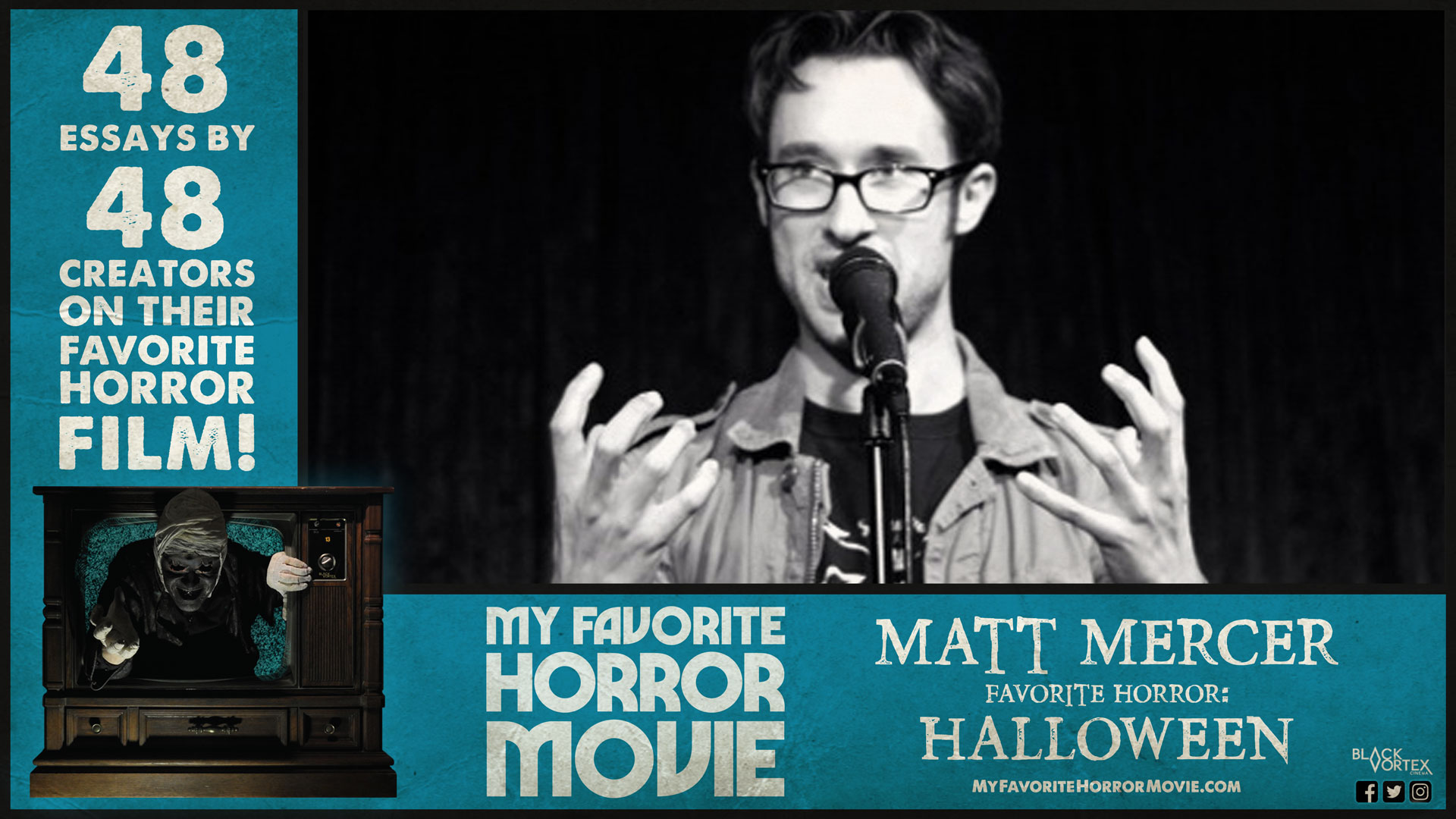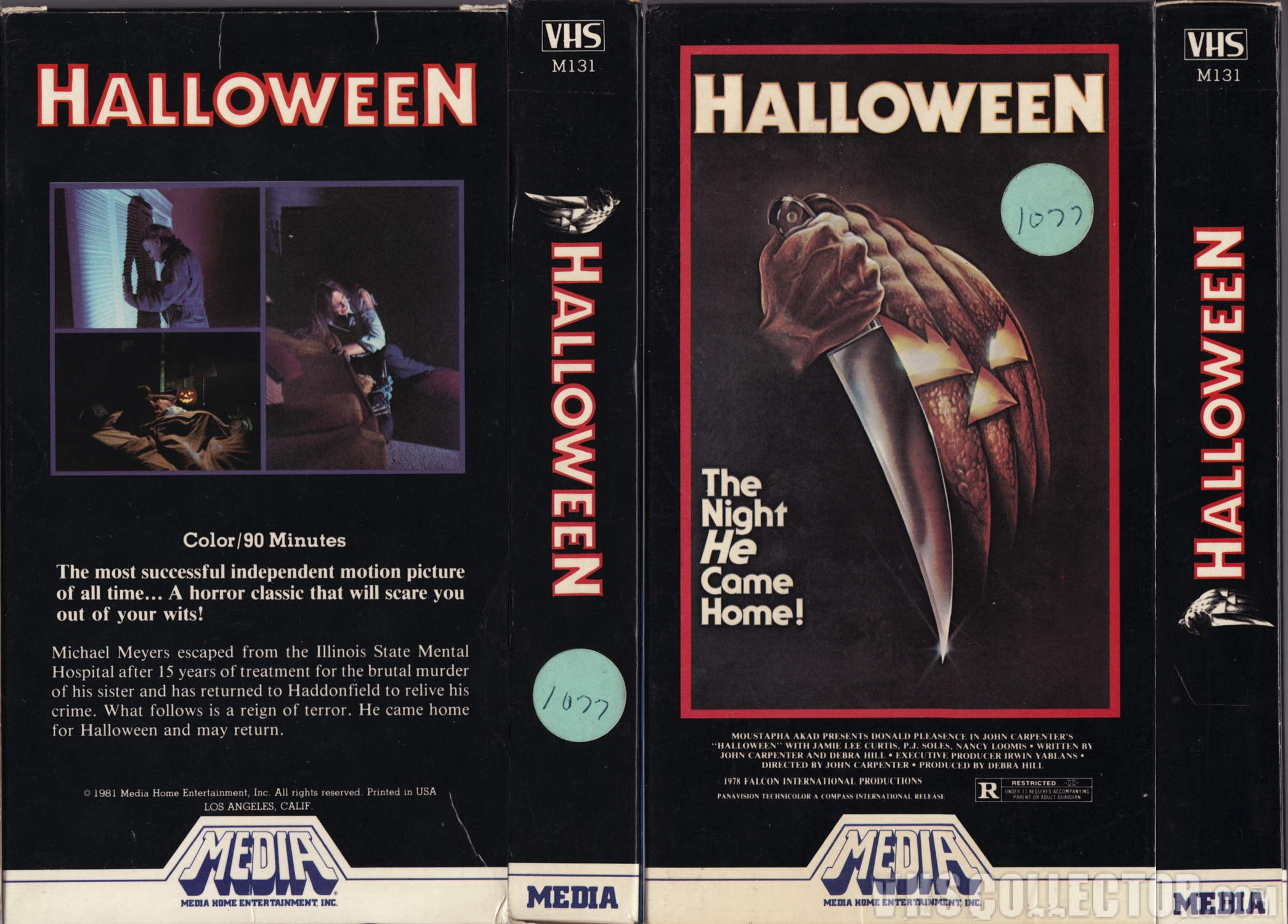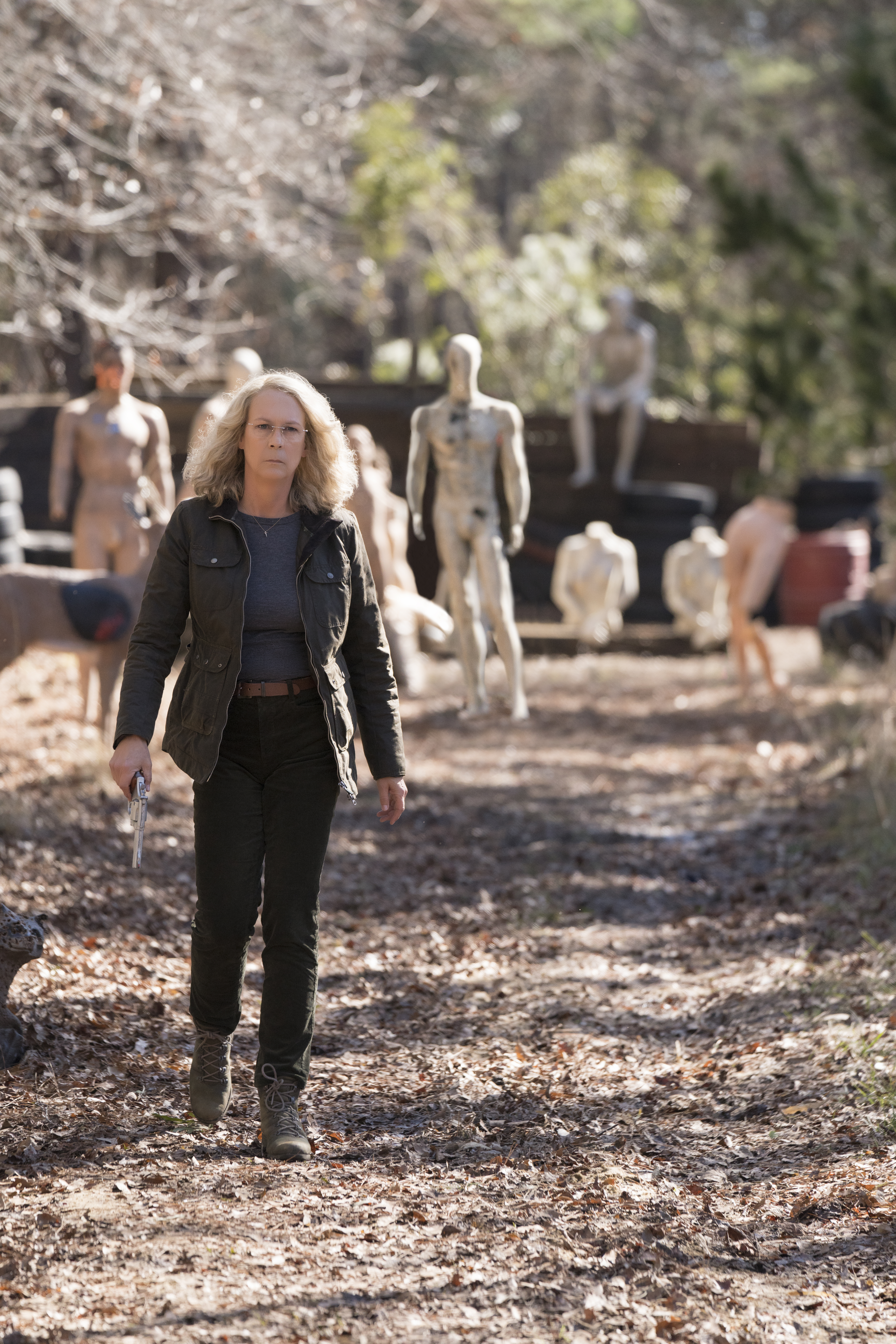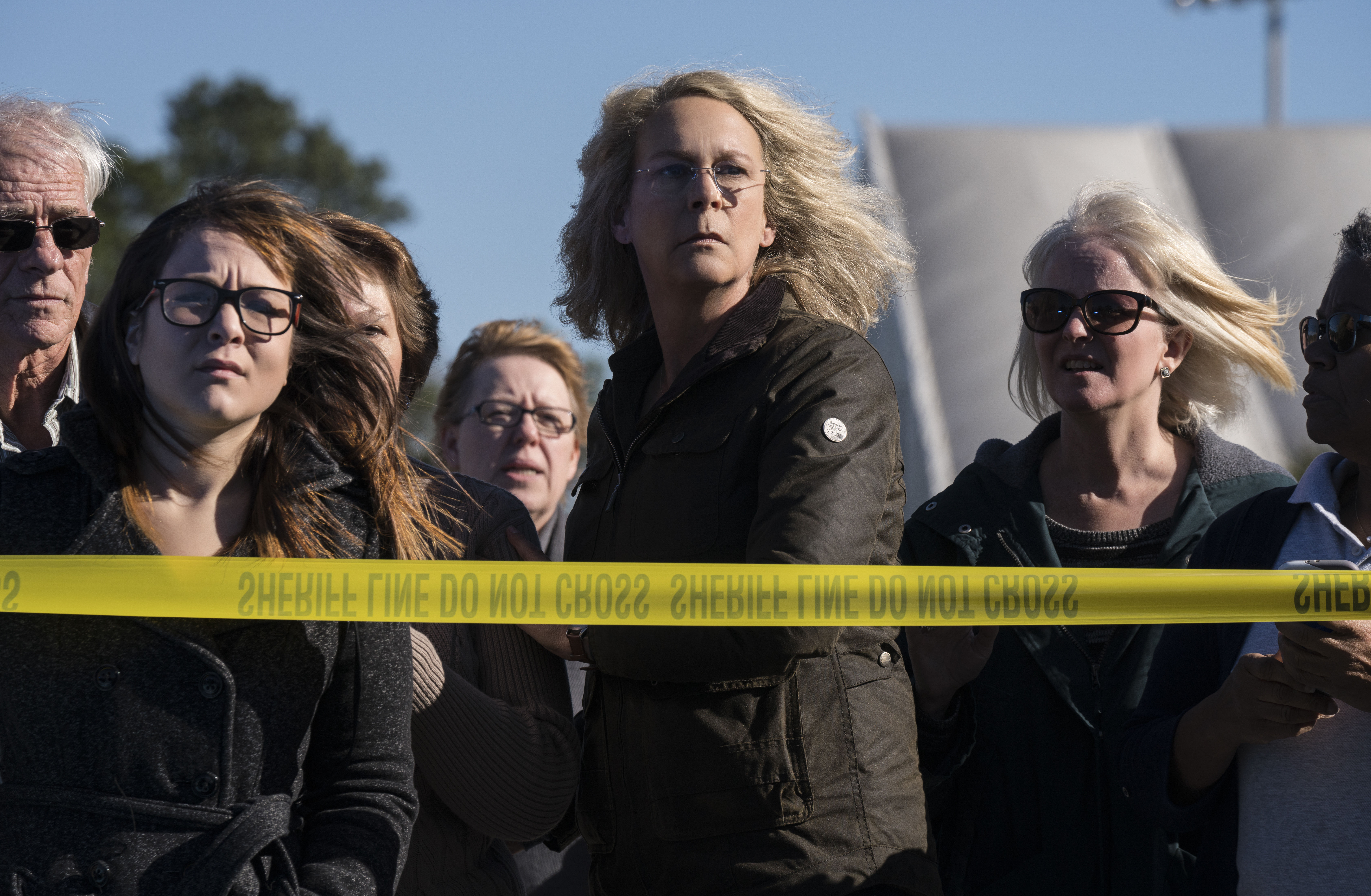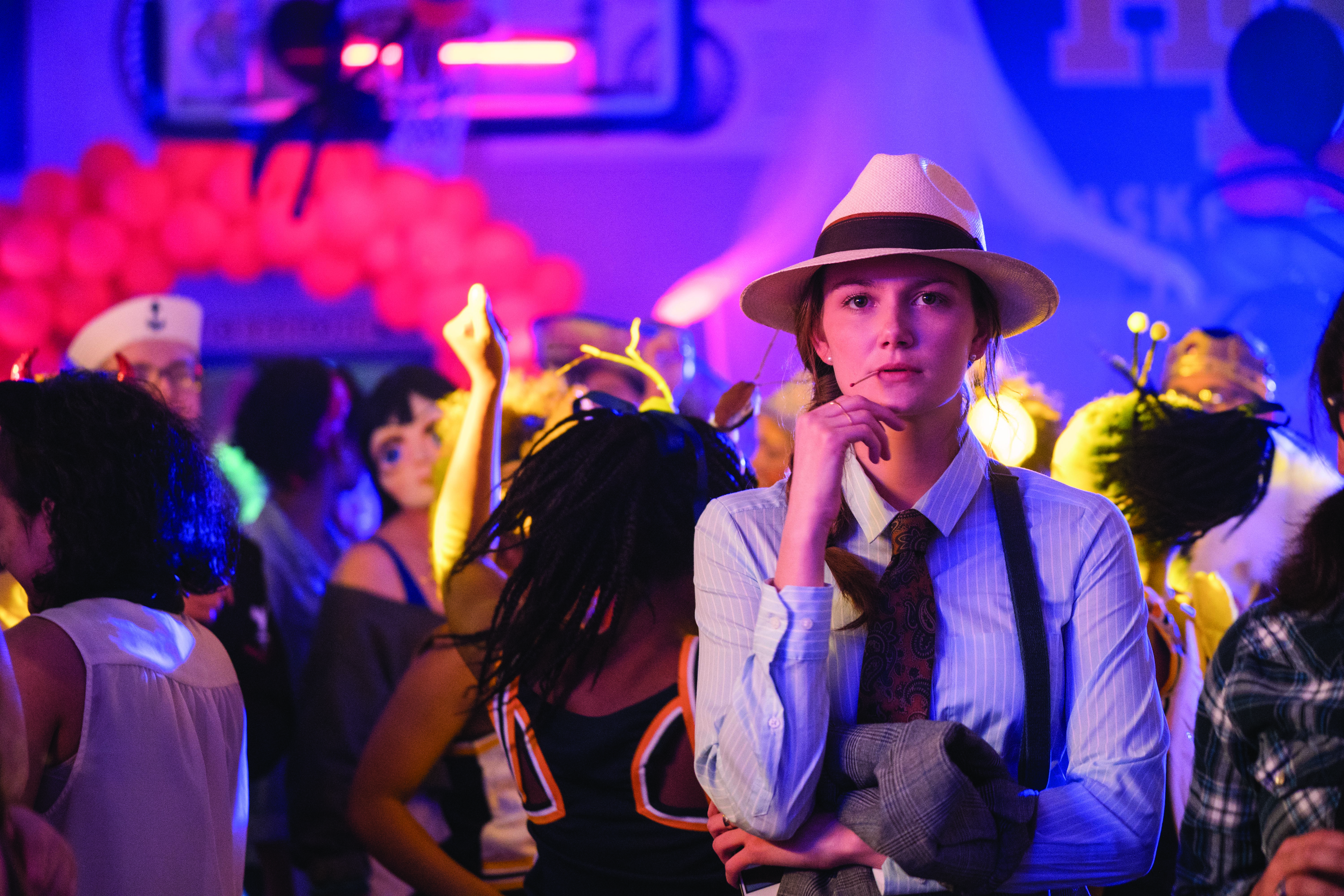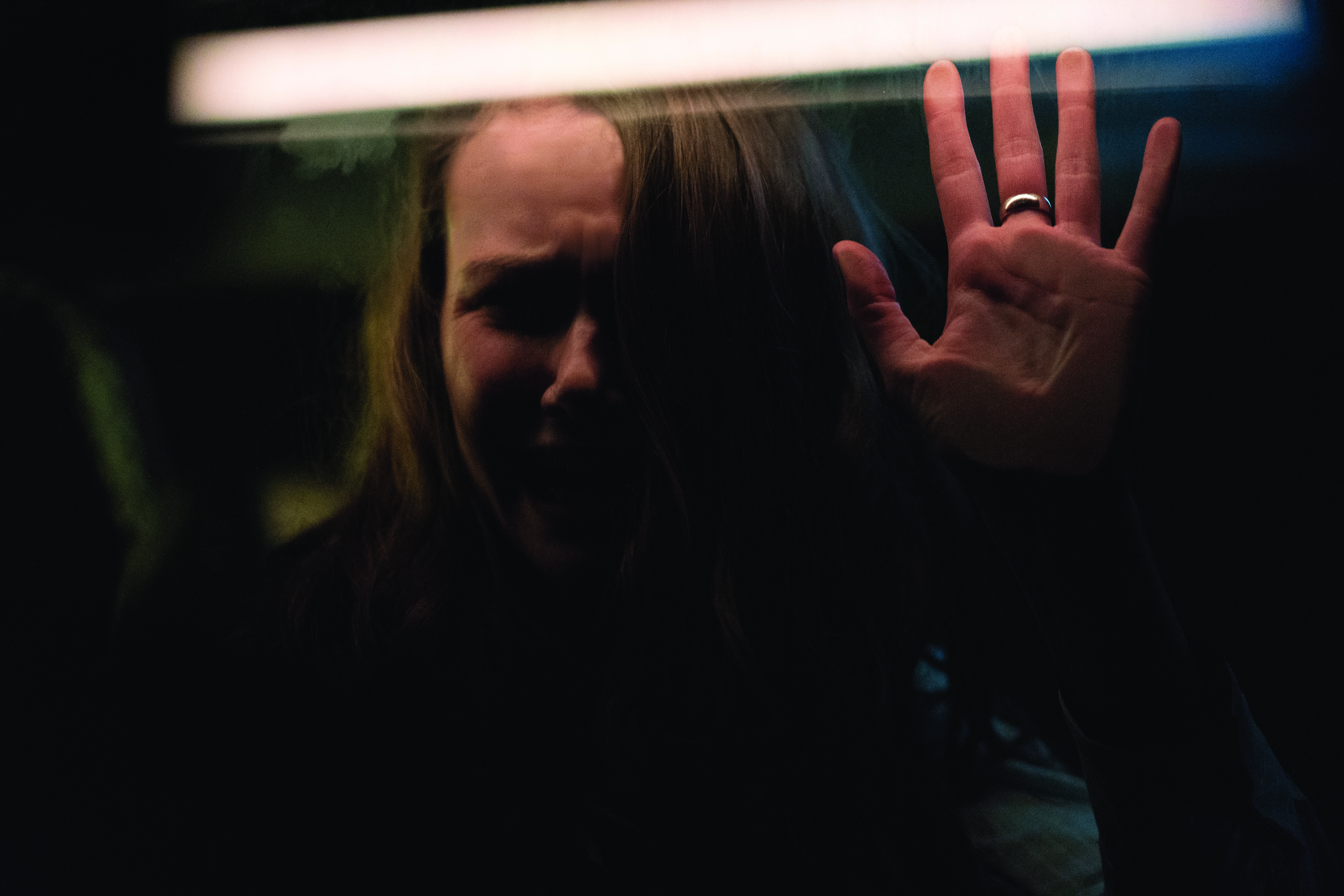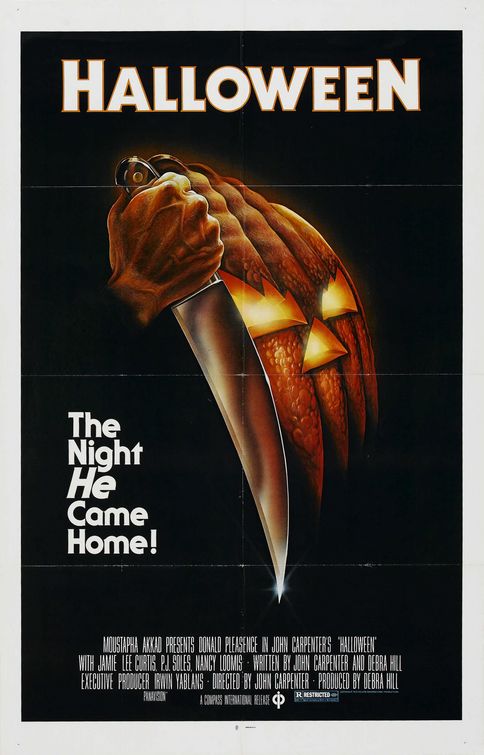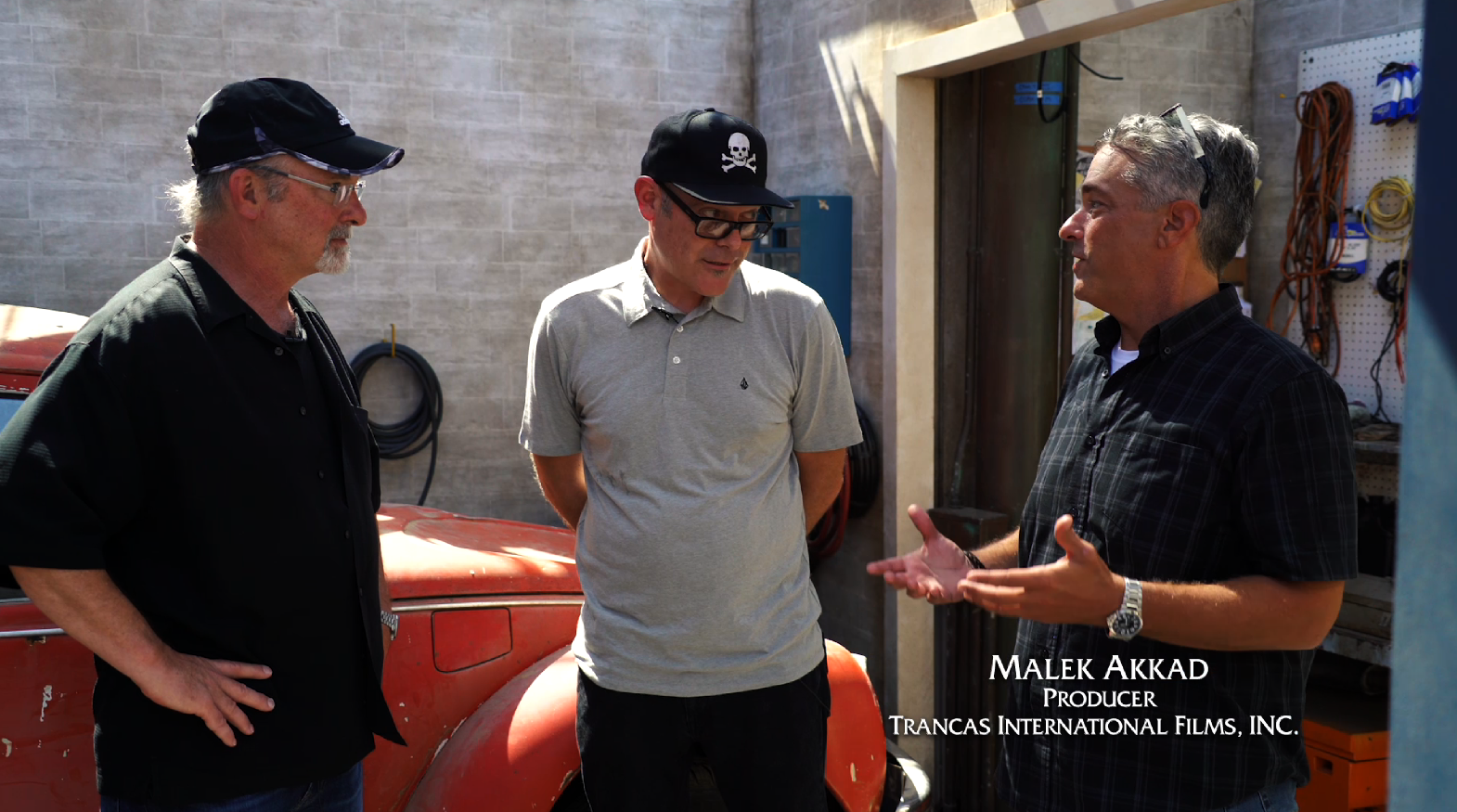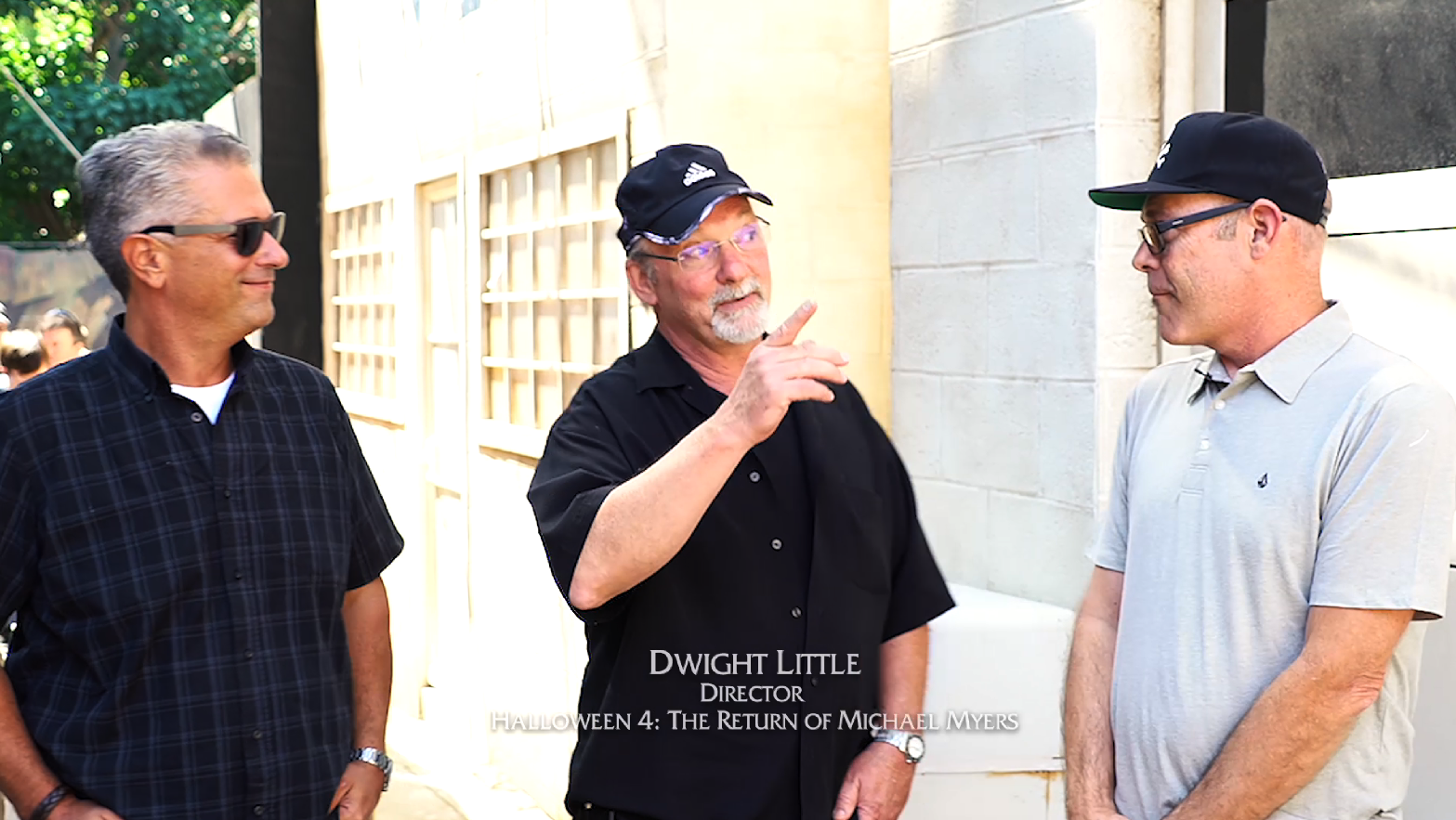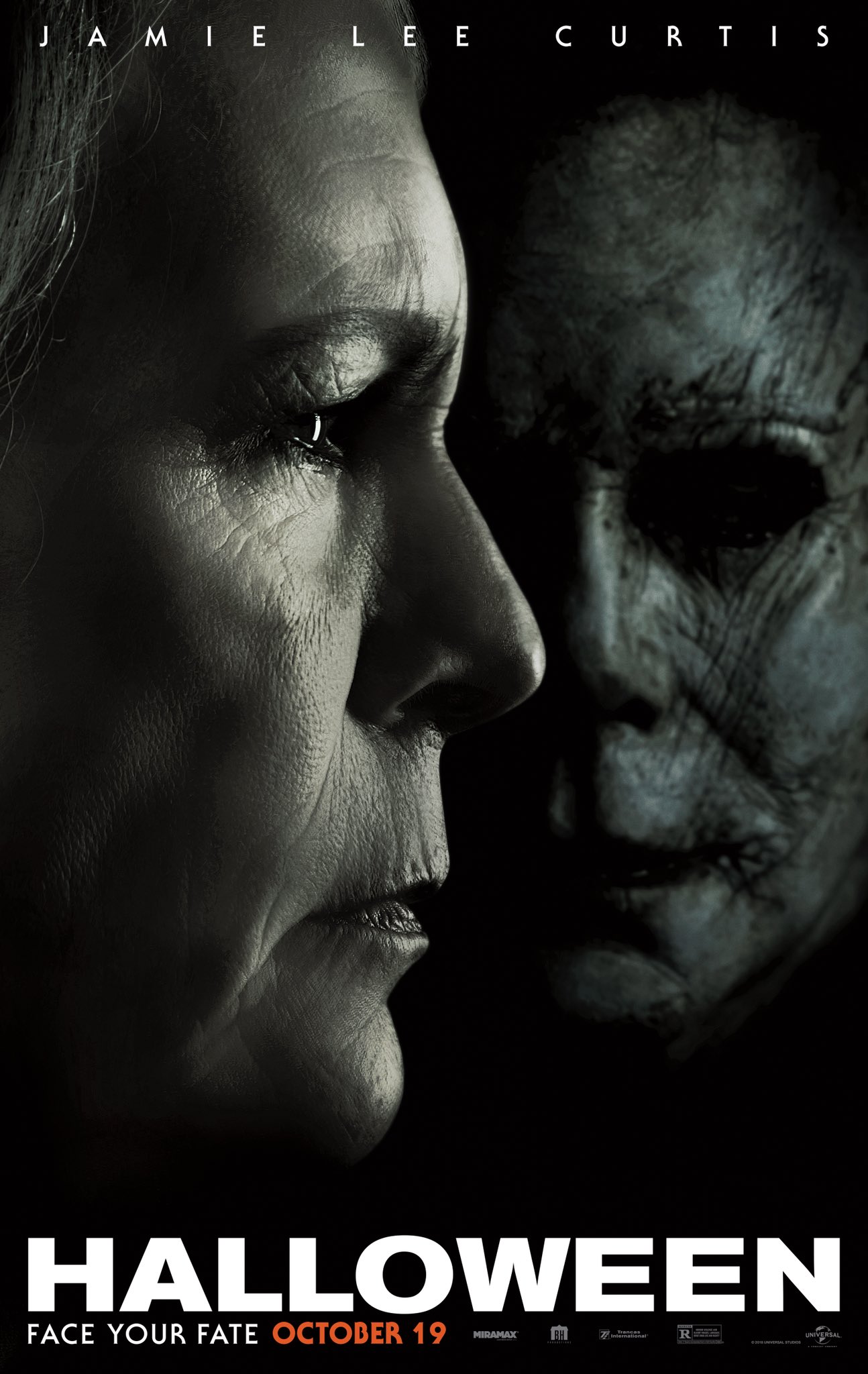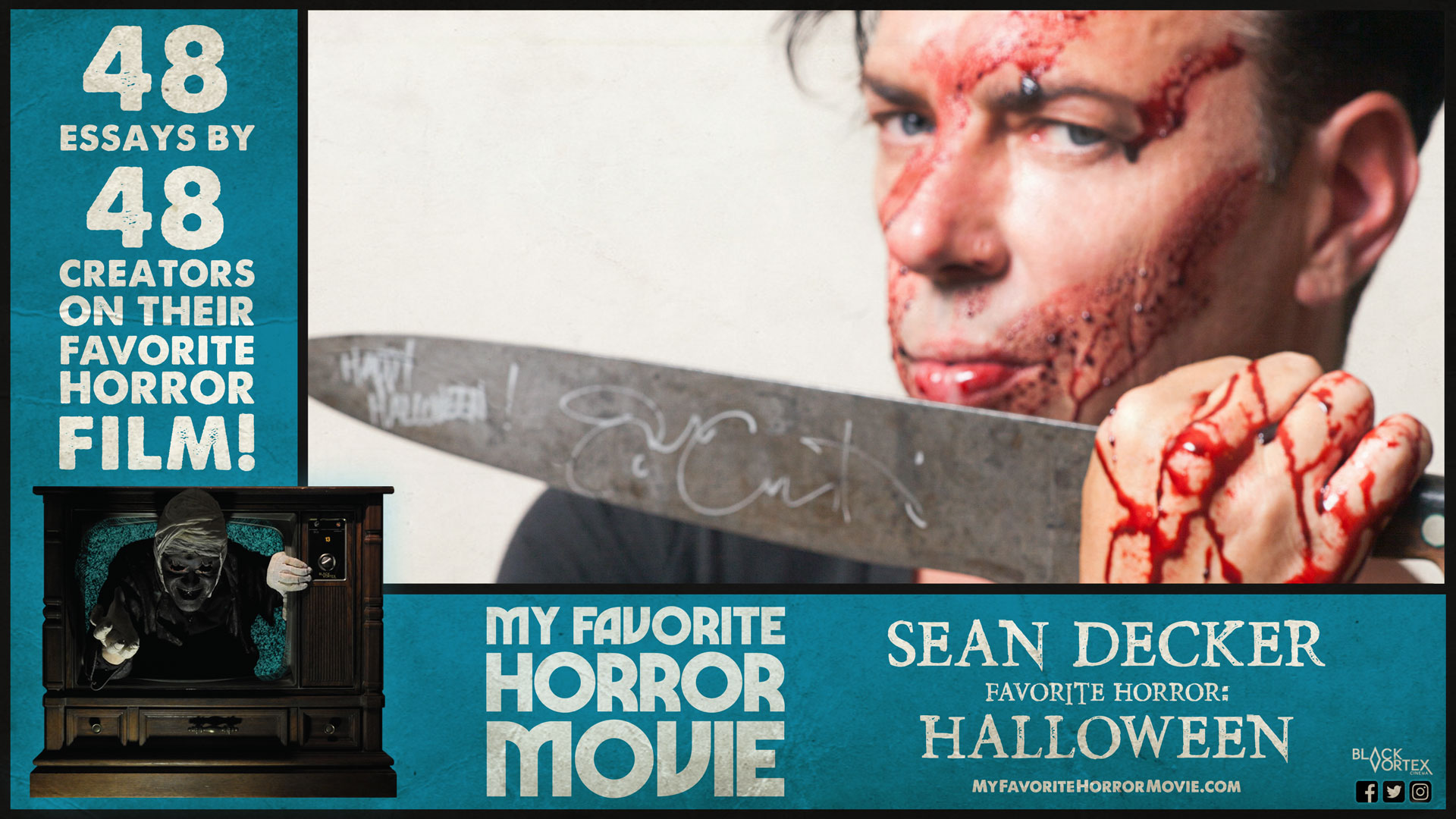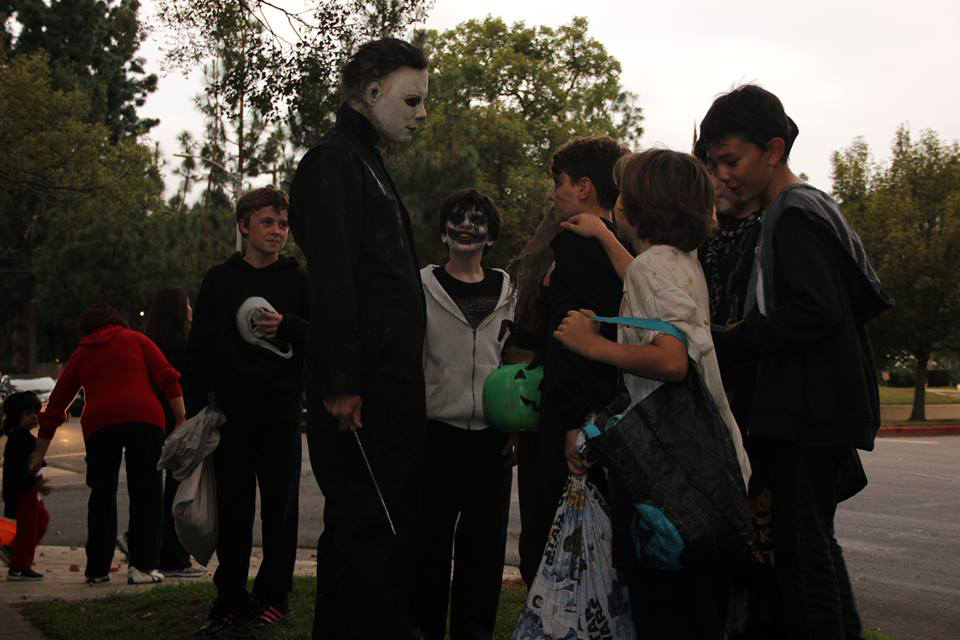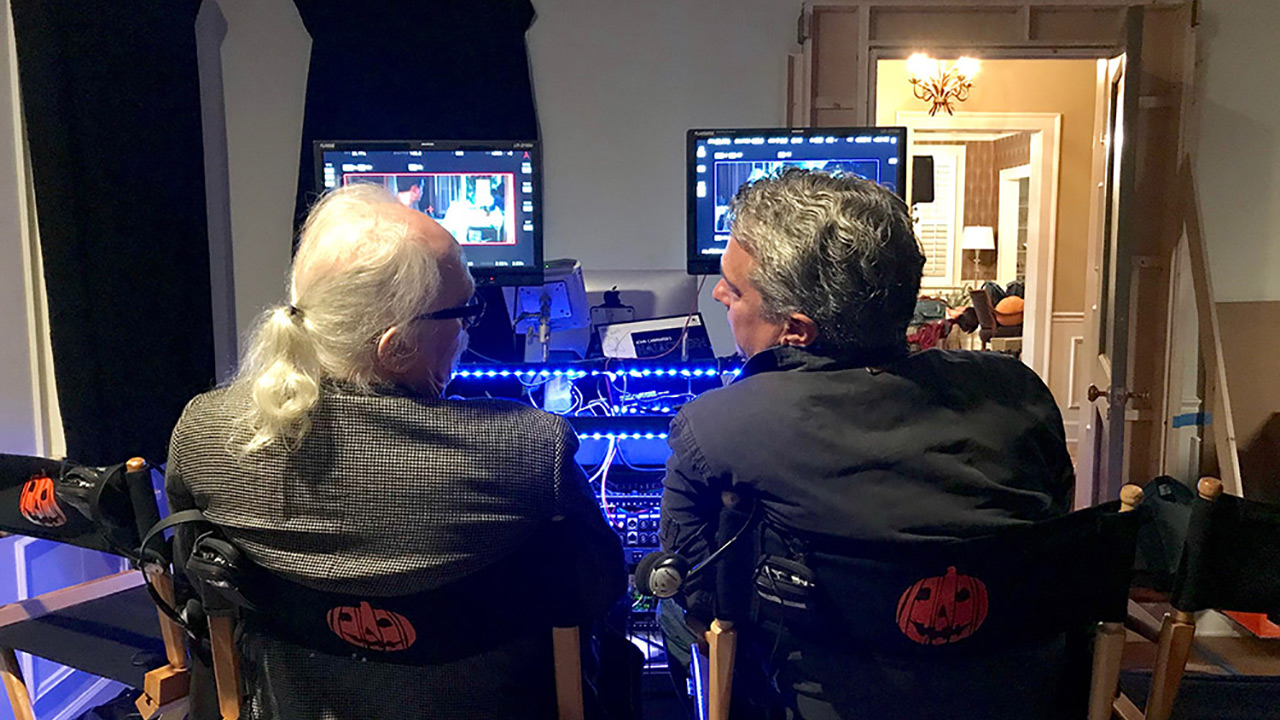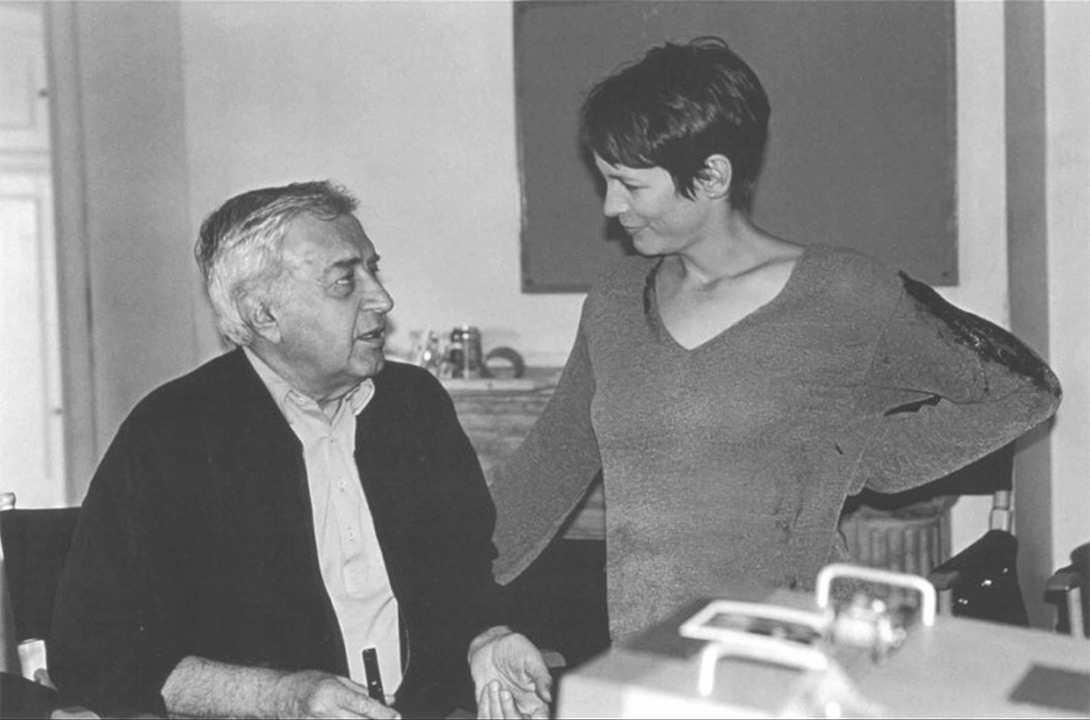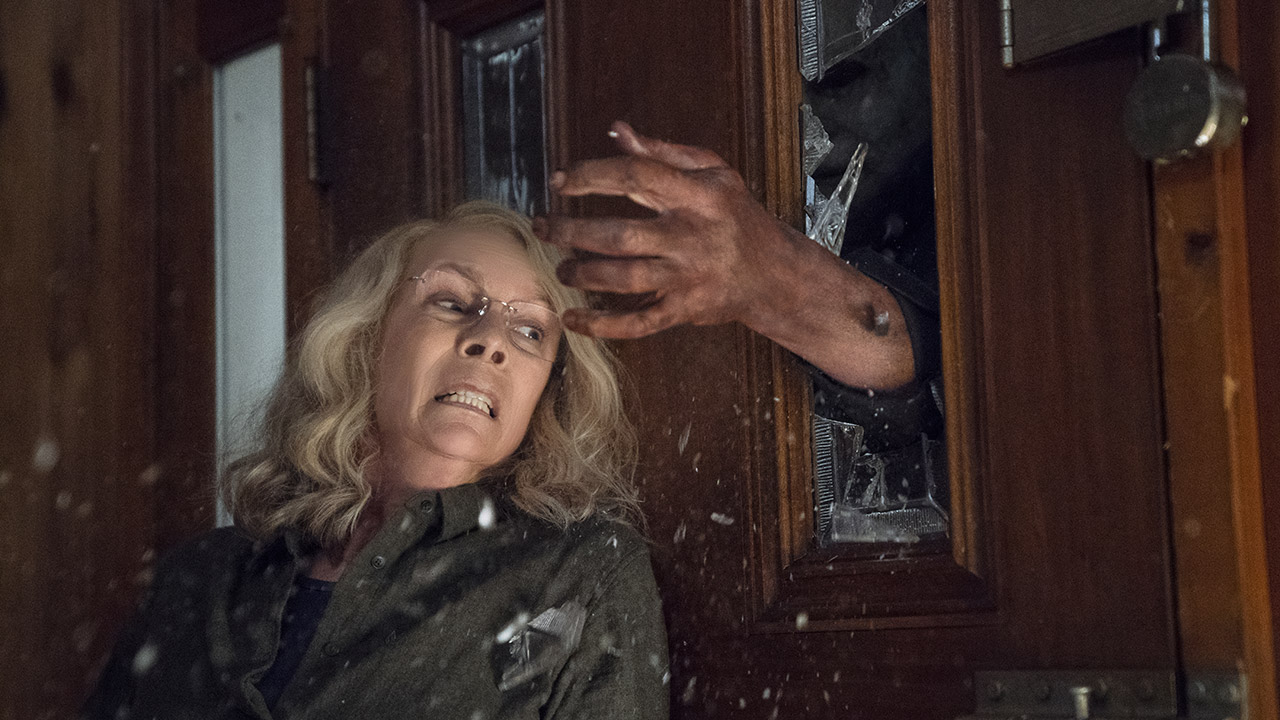This past Saturday, September 15th, HalloweenMovies.com sat down with film star Jamie Lee Curtis on the Universal backlot to discuss her forthcoming movie Halloween, which is set for release by Universal Pictures this October. Co-written by Jeff Fradley, Danny McBride and David Gordon Green and directed by the latter, Trancas International Films’ Malek Akkad, Blumhouse’s Jason Blum and Bill Block produce, with McBride, Green and returning star Curtis serving as executive producers, along with Ryan Freimann and series originator Carpenter, who also serves as the film’s composer.
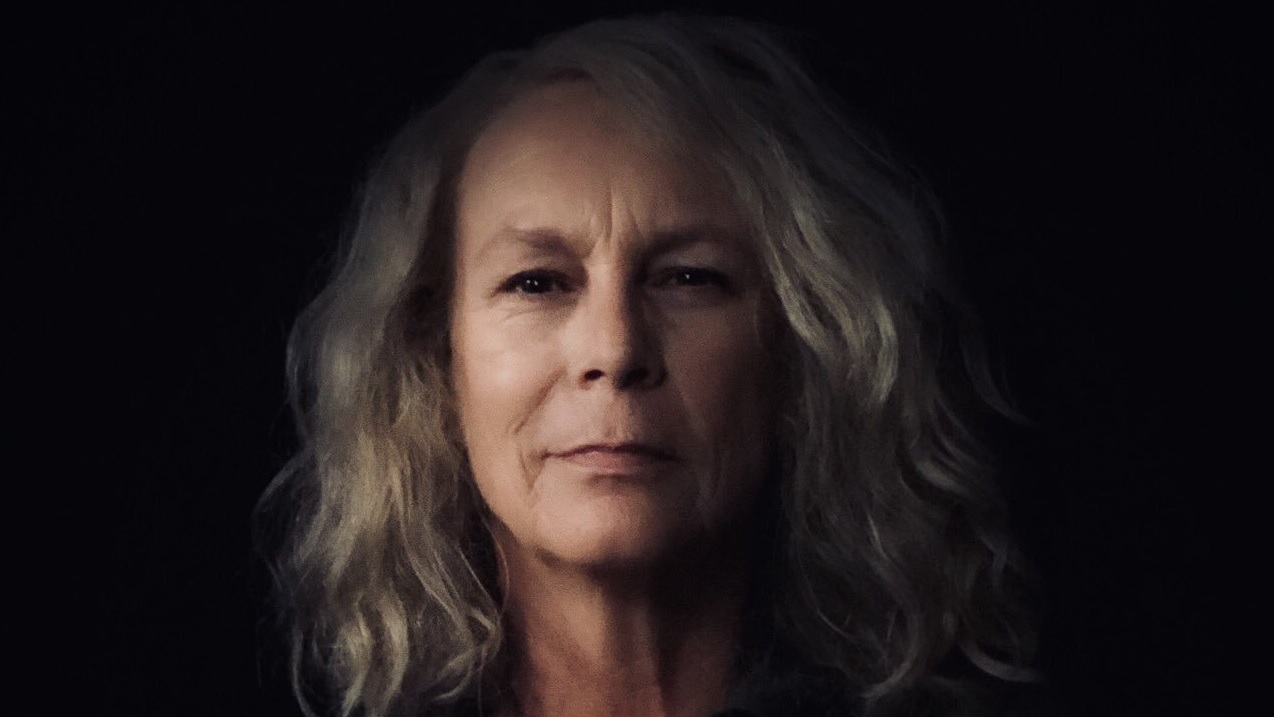
Seated outdoors at a picnic table on the backlot’s Wisteria Lane, which was decked out for the occasion in Halloween décor, Lee said of the film, which ignores all existing sequels subsequent to Carpenter’s seminal 1978 film and which pits Curtis’ character of Laurie Strode up against original nemesis Michael Myers, albeit in a fresh way, “It’s a movie about trauma. There’s no question. Generational trauma. But you know, it can’t be (too) heavy. It’s a horror movie. It’s a Halloween movie, so it can’t be laden with psycho drama. Do you know what I mean? It has to be judicious.”
The generational trauma Curtis referred to is the PTSD her character now suffers after having survived the (now random, as they aren’t related in the new narrative) October 31, 1978 attack by escaped mental patient Myers, as set forth in Carpenter’s original. And as with any tragedy, the ensuing trauma has impacted everyone in its path. In Green’s Halloween that includes Laurie’s daughter Karen (portrayed by actress Judy Greer) and granddaughter Allyson (newcomer Andi Matichak).
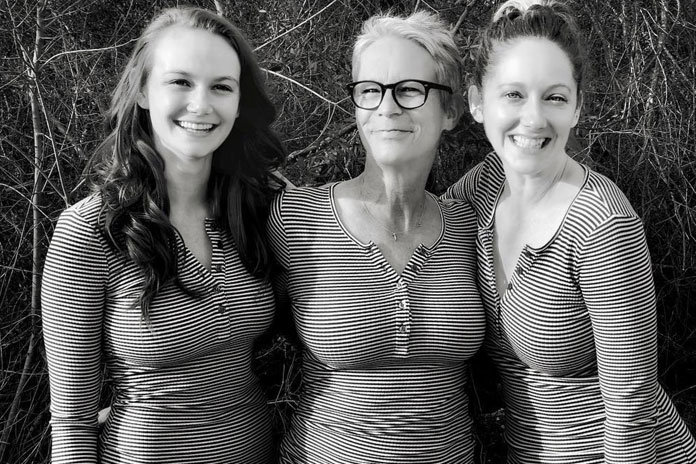
Expounding on the familial damage the attack would inflict, as well as the personal, Curtis recalled of the shoot, and of her head space during, “The entire movie I was very isolated. I’m a homebody. I’m a mom. I’m a card carrying friend. Do you know what I mean? I buy a lot of birthday presents. I’m that girl. And I left (my home) and went to South Carolina to make this movie and I was very isolated. And from the moment I began the movie, Laurie’s trauma just all came back. The first time I walked on set it was very emotional. And it was that way all of the way through.”
Curtis continued of ‘finding’ Laurie four decades later, pointedly in a moment which serves to communicate the enormity of her trauma, “It was the last scene (of the film) that we shot, and as written in the script, Laurie sits in the truck, her truck, and there’s a gun and there’s alcohol and basically forty years of trauma comes back. Now, what do you do? So I prepared, and we were shooting it in the middle of nowhere in Charleston on a street called Ashley Phosphate Road in that truck and in a parking lot at night, with a bunch of lights and a bunch of people.”
“You need to know in advance that when I make a movie I like crews to wear name tags for the first few days of the production,” expounded the actress, “Because I like to know who you are. So on this last day, as I walked to Laurie’s little truck under this bank of lights and cranes (ready to shoot the scene), I realized that the entire crew were (instead) wearing names tags which read, ‘We Are Laurie Strode.’ The entire crew was saying, ‘We are with you. We are all in this together, and we believe in you.’ Needless to say, it was an incredibly emotional gift for them to give me, and something that for me was sort of the underpinning of the whole thing. It was beautiful.”
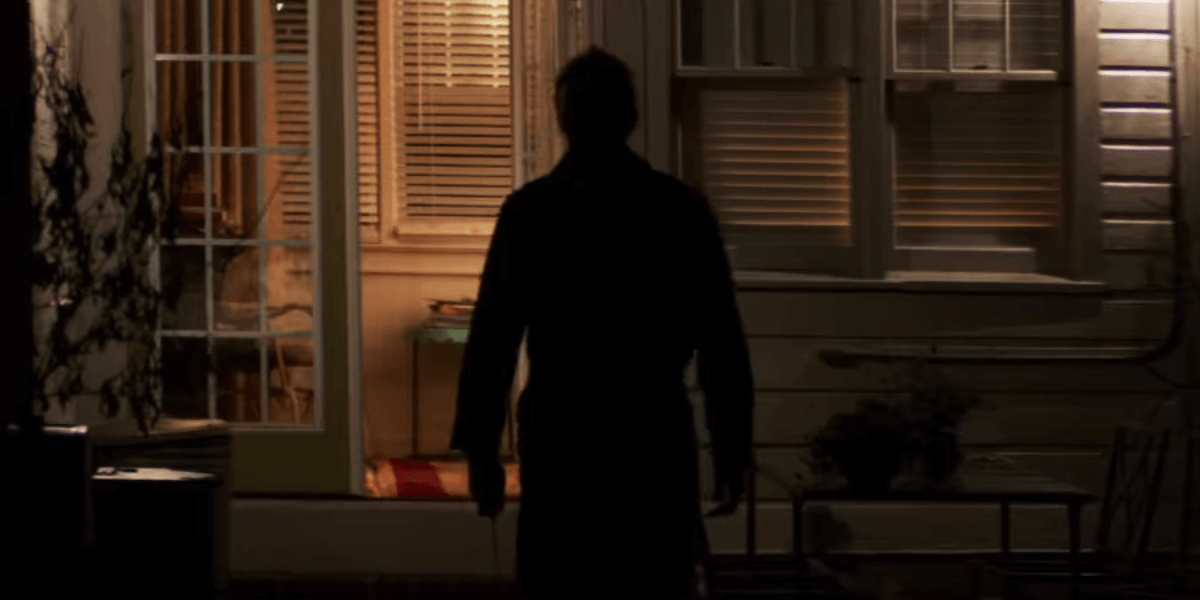
As Green’s Halloween cuts a new path in the franchise, talk then turned to the complicated narrative of the Halloween series, from the introduction of Jamie Lloyd as the daughter of a deceased Laurie in Halloween 4: The Return of Michael Myers in 1988, to the re-introduction of Laurie (and that of a new timeline) in 1998’s Halloween H20: Twenty Years Later, the latter of which was intended as the final showdown between Laurie and Michael.
“H20 was my simplistic idea of, ‘Hey! We’re all still in show business and the movie’s twenty years old. How often does that happen? Let’s make a twentieth anniversary movie and deal with the trauma,’” offered Curtis of the Steve Miner-directed film.
“(In that film) she was running (and had) changed her identity,” she continued. “She was an alcoholic and a drug addict, and we tried to explore it a little bit in that movie, but she wasn’t Laurie Strode. She’d already given up her identity. And it just didn’t work. I mean it was good. There were great things in it. It just wasn’t great.”
“What was beautiful about what David, Danny and Jeff did is,” Curtis mused of the writers’ decision (which was to ignore, barring the first film, its predecessors), “is that if you imagine all the Halloween movies as their own inner tubes on a lake, all they did was untie them from the dock. And they floated away. And they all exist. There’s Halloween II, there’s Halloween 4, but the only one that this movie relates to is the first one. Because in order to tell this story, that was the way they could. If they had to take all of those stories and try to weave them together, it wouldn’t have been possible, because Laurie died (in Halloween: Resurrection)! So I think the way that they did it was beautiful, and all of those movies still exist. None of them have been popped and or drowned. Do you know what I mean? They’re right there. But this is the story we’re telling today.”
And in this story, the character of Laurie’s granddaughter Allyson factors significantly. Portrayed by newcomer Andi Matichak, Curtis effused of the young actress (who bears a striking resemblance to the nineteen year old version of the grande dame of scream queens in not only physicality but in demeanor), “Andi (apparently) was going to go to college on a soccer scholarship, and that summer, before college, she went to model in Greece and met an actor’s manager there, who said, ‘You could be an actress.’ And she gave up college and moved to New York to become an actor at nineteen.”
Curtis continued of the shared similarities in their respective career trajectories, “When I was nineteen I was going to college, and I ran into an actor’s manager who said, ‘You could be an actress,’ and I went up for a part and ended up quitting college and becoming an actor. (1978’s) Halloween was my first movie. (2018’s) Halloween is her first movie. Neither of us were going to be actors, and we both ended up being actors, and in a Halloween film for our first movie.”
She concluded of Matichak, “She’s gorgeous, she’s grounded, and she’s gonna’ be a big star.”
David Gordon Green’s Halloween arrives to theaters October 19th, 2018 from Universal Pictures.
Check out the trailer below.
This interview has been lightly edited and condensed for clarity.
